Efficiency, aesthetics, and functionality are the holy trinity in the rapidly expanding plastic parts manufacturing industry of today. And one of the most sophisticated methods that achieve all three of these objectives is none other than two-color injection molding.
By using this ground-breaking type of plastic injection molding technology, you can manufacture a broad range of complex, attractive and highly functional part designs easily and effectively. It enables production of two different part materials or colors in one production run. All this results in a high-quality final product whose performance is increased manifold once it leaves the looks department.
How Two-Color Injection Molding Works
To explain two-color injection molding, we should firstly understand what is injection molding. Generally, the plastic injection molding process will use many technologies and ability to produce a reliable product. The plastic part’s manufacturing process includes first heating up the raw material (plastic pellets) in a barrel through entry. Secondly, the softened plastic material is pushed by a plunger or screw to inject it into mold cavity. Finally, this molded plastic hardens and then gets ejected through exit channel.
For two-color injection mold making there are actually two processes need to be made:
Step 1: Material preparing
The process starts with the meticulous preparation of raw materials. Two different kinds of plastic resins (or colors) are dried, pre-heated and introduced into separate hoppers of the injection-molding machine. Each hopper is linked to an independent barrel & screw system ensuring a controlled melting & flow.
Step 2: First-Injection (Primary Material Molding)
First the main molten plastic is injected into the first cavity of a tool. It forms usually the base or some kind of structural part of a final object. An injection molding machine shots it there under very high pressure so that a mold cavity is fully filled without any void or air left in.
Step 3: Mold Rotation or Transfer
Mold rotation mechanism/transfer is the most important mechanism of two-color injection molding machine, because it makes sure that first molded part can be transferred to the cavity on the- new parting surface for second material’s injection. If there’s misalignment at this stage, product won’t meet requirement. That’s why we say, high precision molding control is required.
Some molds use a rotary platen, others use an index plate or robotic transfer arm to move the part. The movement is fast and accurate to keep cycle time down.
Step 4: Second Injection (Secondary Material Molding)
This second shot literally melds with the first shot, which in turn makes it impossible to separate the two shots. The second material can either cover some specific areas, fill transparent zones or form a decorative layer. It all depends on the design of the mold used.
To achieve proper fusion and perfect surface finish of both materials, temperature needs to be controlled precisely. Injection speed and pressure also play significant role when determining part strength.
Advantages of Two-Color Injection Molding
Two-color-injection-molding process has changed the way how we design and manufacture products today. Before two-shot injection molding became the norm in product designing, plastic manufacturers could only produce similar colored or same material parts in two separate cycles and then assembled together to the final product. But, this method was not only costly and time consuming but not functionally effective as cycle time of manufacturing increased significantly.
1. Improved Look
One of the main benefits to two-color molding is the ability to produce aesthetically-pleasing products without secondary painting or printing. Manufacturers now have the option of using two colors, or one color and one texture, in a single part design – ultimately creating stronger brand recognition and increased product appeal.
For automotive interior parts, a combination of glossy and matte surfaces can be achieved by two color injection molding machine which gives high-end look without any additional finishing. For consumer electronics, the buttons or covers can be directly molded with some color accents that will give sleek and modern look.
2. Improved Functionality and Ergonomics
Aside from looks, two-color plastic injection molding enhances a product’s usability and comfort. With this process, it is possible to integrate hard and soft materials in a single product. A rigid polypropylene body, for example, can be combined with a soft thermoplastic elastomer (TPE) grip so that the product feels comfortable to hold and is also slip-resistant.
For medical devices, household items or automotive parts for example, this kind of custom plastic molding will actually improve the form and function and subsequently the user’s experience as well as product life expectancy.
3. Better material bonding and longer lasting materials
Two parts in traditional assembly methods are glued or welded together, which could become weaker over time. However, with two-color injection molding, the bonding of the two materials actually occurs at the molecular level during the injection-molding cycle, it is a seamless fusion and hence does not have the risk of separation or leakage.
Applications of Two-Color Injection Molding
Two-color molding has been a great breakthrough in the field of modern plastic injection molding as it delivers visually appealing, high-performing and long-lasting products in a single shot. This process is being increasingly used in the global market such as automotive, consumer electronics, medical and many other industries.
1. Automotive industry
The automotive industry is among the largest users of two component injection molding because it requires car parts which are not only very strong and accurate, but also visually appealing. The two-shot process is used to manufacture interior and exterior automotive components such as:
- Dashboard panels, control knobs and air vents.
- Car logos, emblems, and switches with dual-color effects.
- Door handles, grips, and seals that combine hard and soft materials.
- Transparent indicator panels and lighting components.
2. Consumer electronics
Consumer electronics industry uses custom plastic molding for attractive, ergonomic and high quality designs. Smartphones, tablets, remote controls and headphones in particular make use of two color (or more) injection molding to create beautiful designs as well as achieve brand and a good feel factor.
Common examples include:
- Smartphone casings with transparent windows.
- Remote control buttons with soft-touch silicone surfaces.
- Headphone shells and wearable devices with multiple color combinations.
- Gaming controllers with enhanced grip and visual design.
3. Medical and Healthcare Devices
In the medical industry, hygiene, precision, and functionality are mandatory. This is where two-color injection molding can facilitate production of medical parts involving different materials and textures to improve safety and functionality.
Some examples of two-color plastic injection molding in the medical field include:
- Surgical handles that have a hard substrate and soft non-slip over molded grip.
- Color coded Syringes for Quick Identification.
- Diagnostic device casings with a portion made transparent for visibility.
- Ergonomic grips for medical instruments and dental tools.
4. Home Appliances and Consumer Products
Home appliances and consumer products require durability and stylish appearance. Customers demanded for manufacturing of such type of product with two color injection molding:
- Mixer knobs, washing machine panel , microwave handle etc.
- Electric Iron bodies and Vacuum Cleaner parts.
- Kitchen tools like Spatulas, Handles and Cap of Bottles having dual color aesthetics.
- Toiletries like a toothbrush or razor with the soft touch grip.
Conclusion
Two-color injection molding has revolutionized the manufacturing of plastic parts by providing a single production cycle for the simultaneous fabrication of two different parts made with two different materials or colors – yielding a single finished part that does not require further finishing. In contrast, conventional plastic injection molding requires an inefficient multi-step production method and entails the use of a large number of molds as well as long cycle time injections. Moreover, no matter how creative or inspired the design may be, it is difficult to simultaneously integrate multiple functions in just one part using this method.
Now, more than half a century after its invention (1960), two-color injection molding has become even more popular and advanced thanks to the technological breakthroughs witnessed in high-speed control computers and servo-mechanisms over recent years.

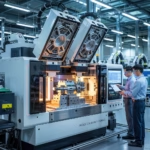
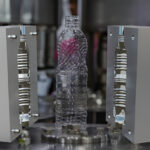
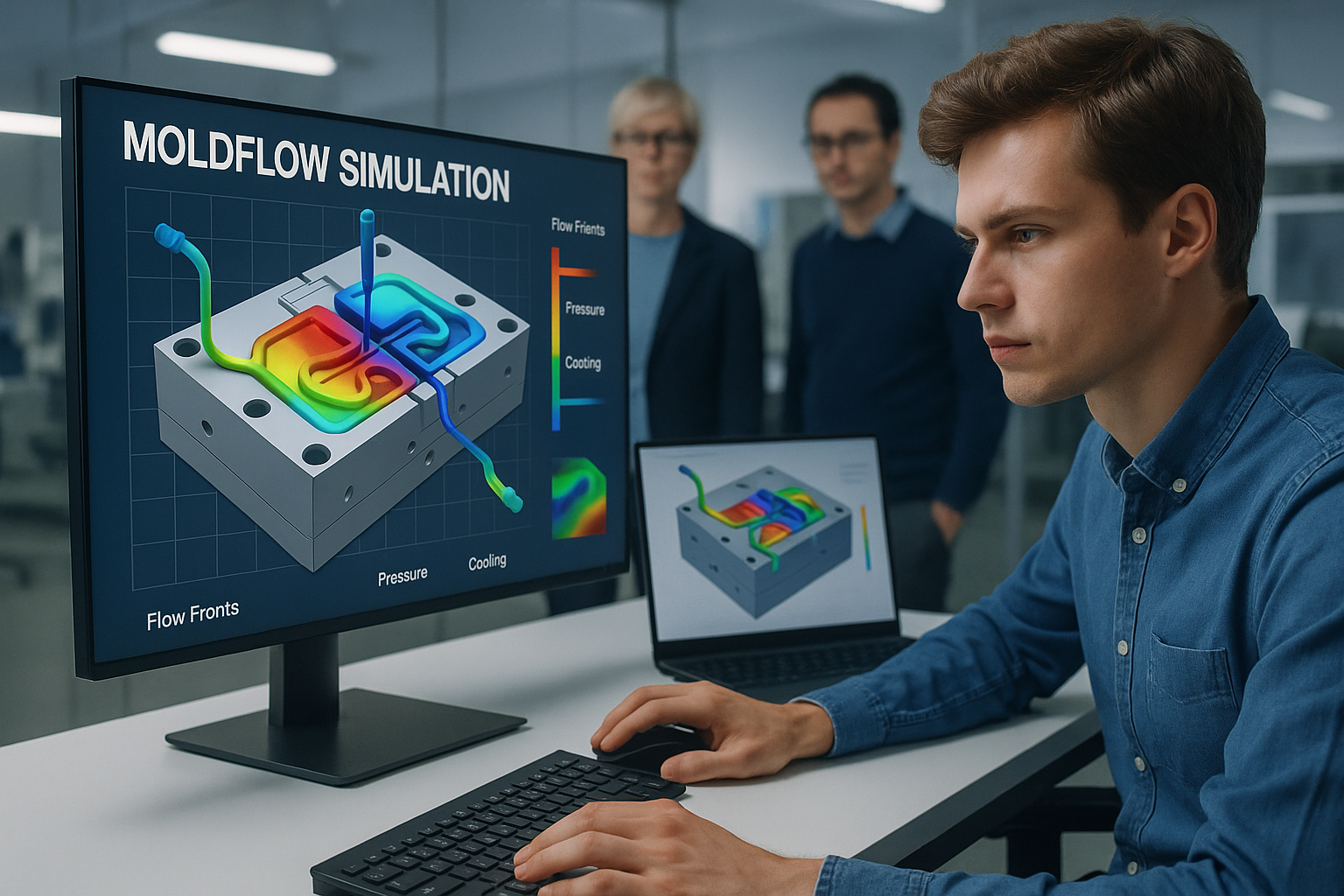
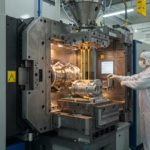
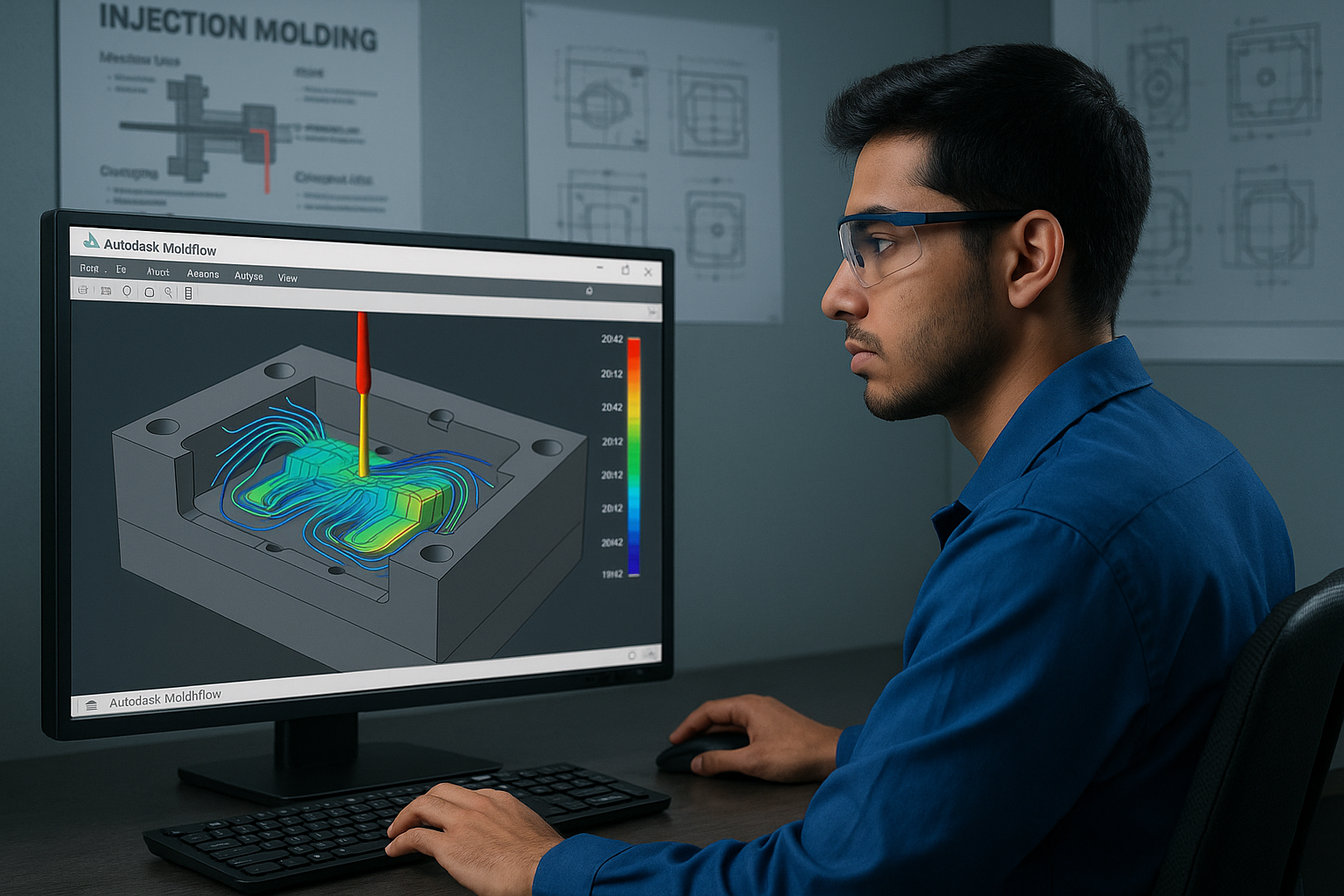
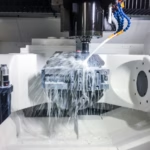
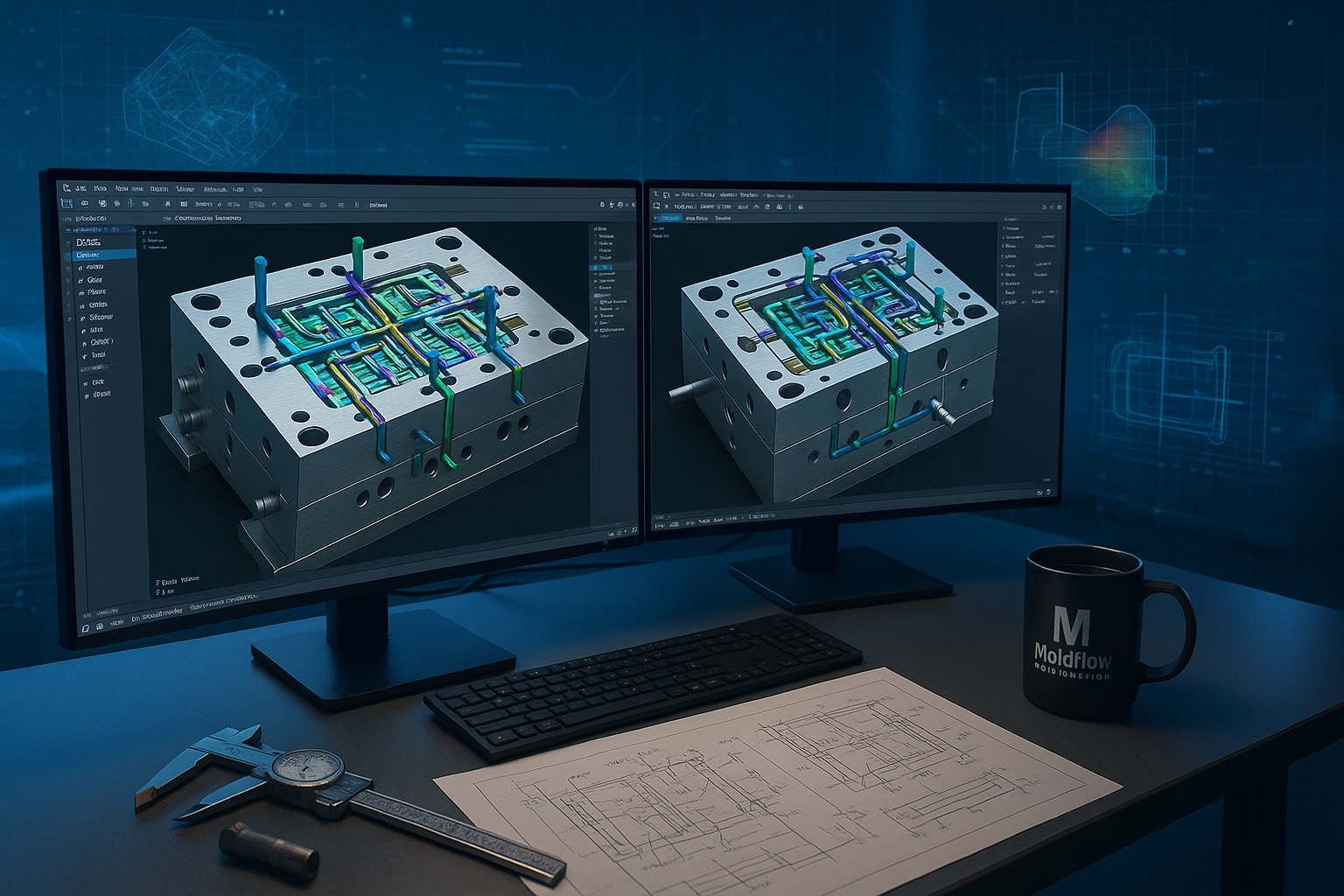
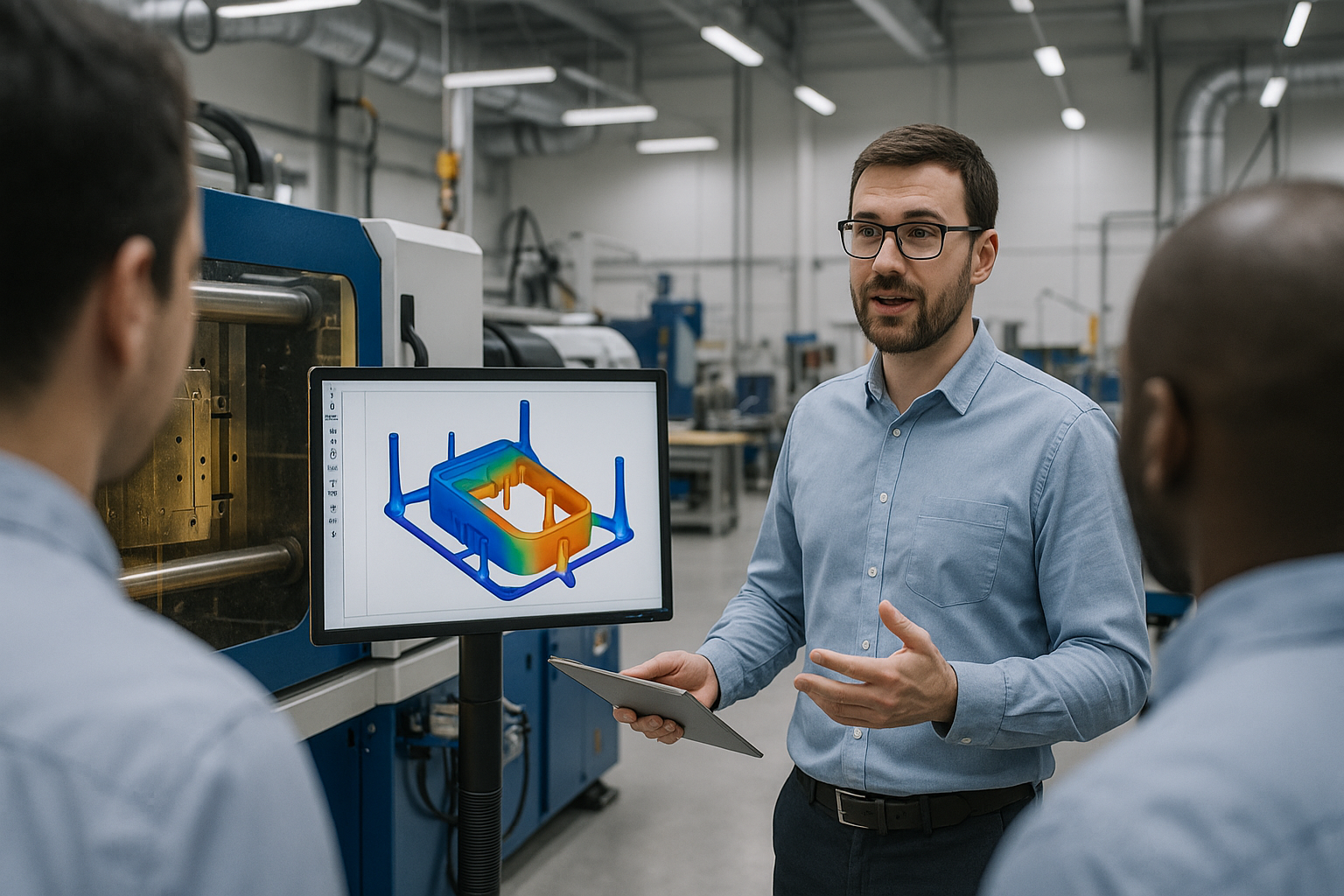
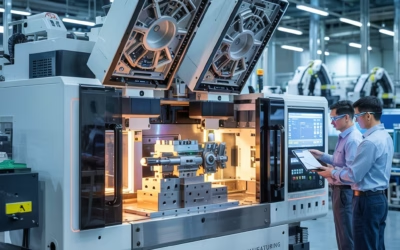
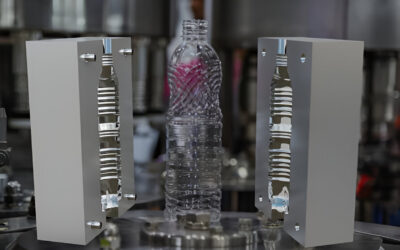
0 Comments